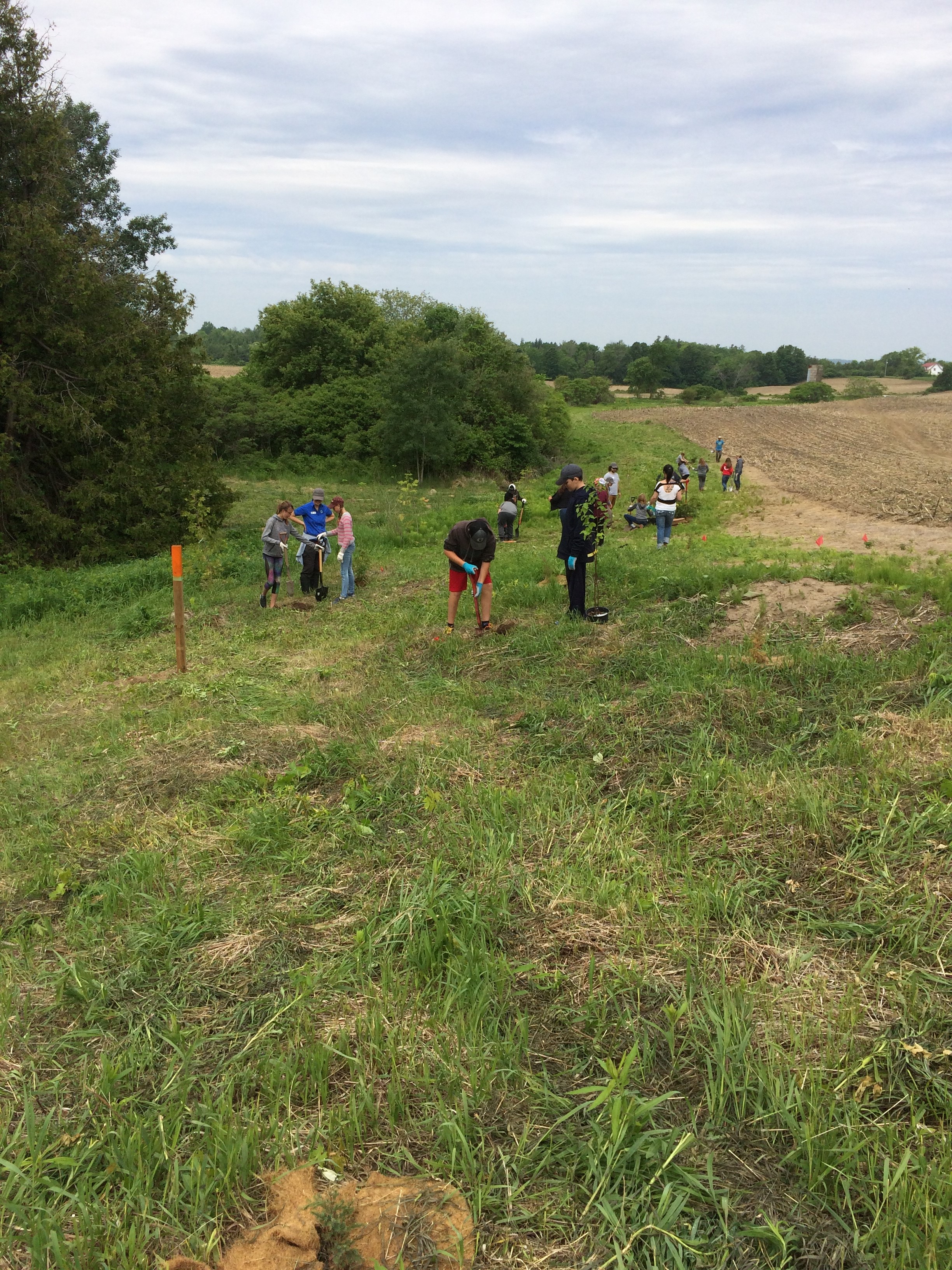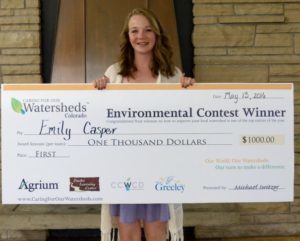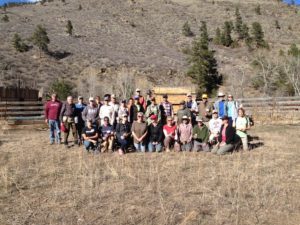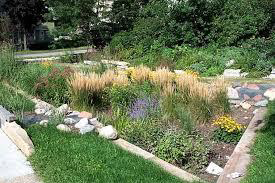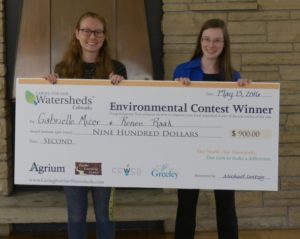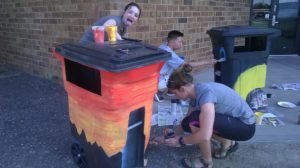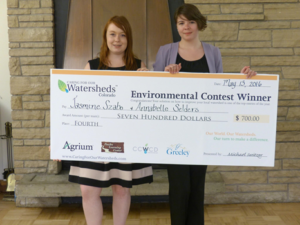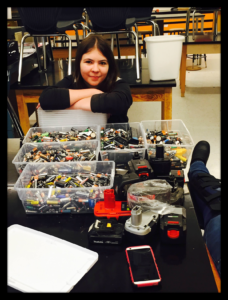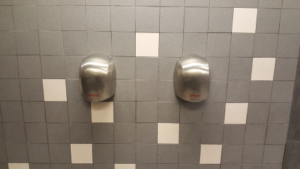2016 Sacramento, California, USA

Garcia Bend Park is a neighborhood park on the banks of the Sacramento River. Trash and debris left here by visitors or illegally dumped here continues to be an ongoing issue. Unfortunately, most of that trash ends up directly entering the adjacent waters, and directly or indirectly harming aquatic wildlife. Alexa Smith and Priscilla Dawson wanted to practice good stewardship of their watershed and encourage others to do the same. Alexa, who has been involved in clean-ups before, understood how eye-opening clean-ups can be; seeing all the accumulated debris directly can make students think twice before littering themselves and inspire them to take action. Priscilla and Alexa organized a group from The MET Sacramento to return to this area. In one morning, they collected 11 bags of trash from the park! Students enjoyed being outdoors while doing something good for their community and the watershed.

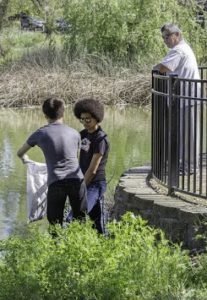
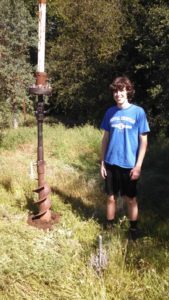
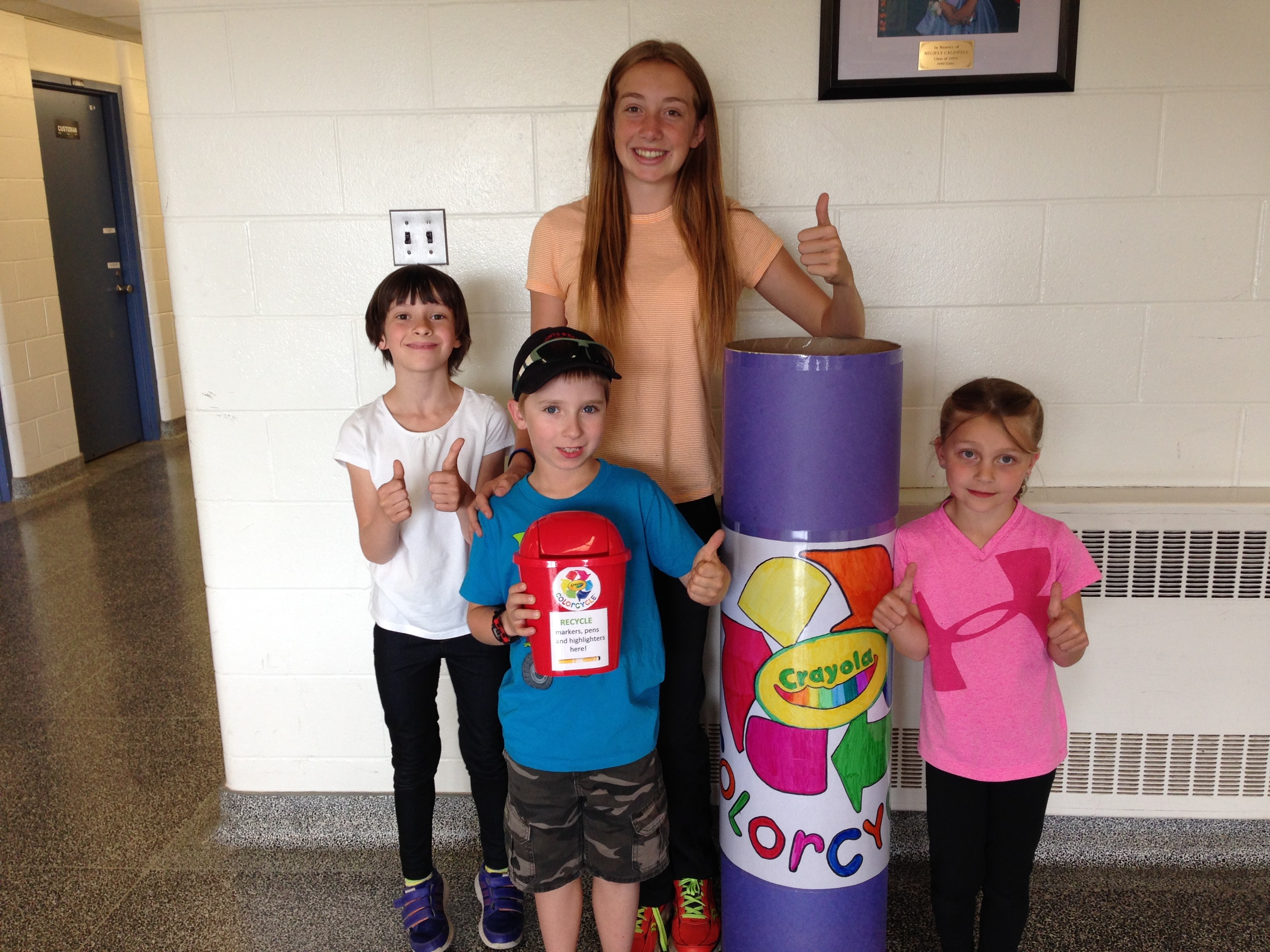
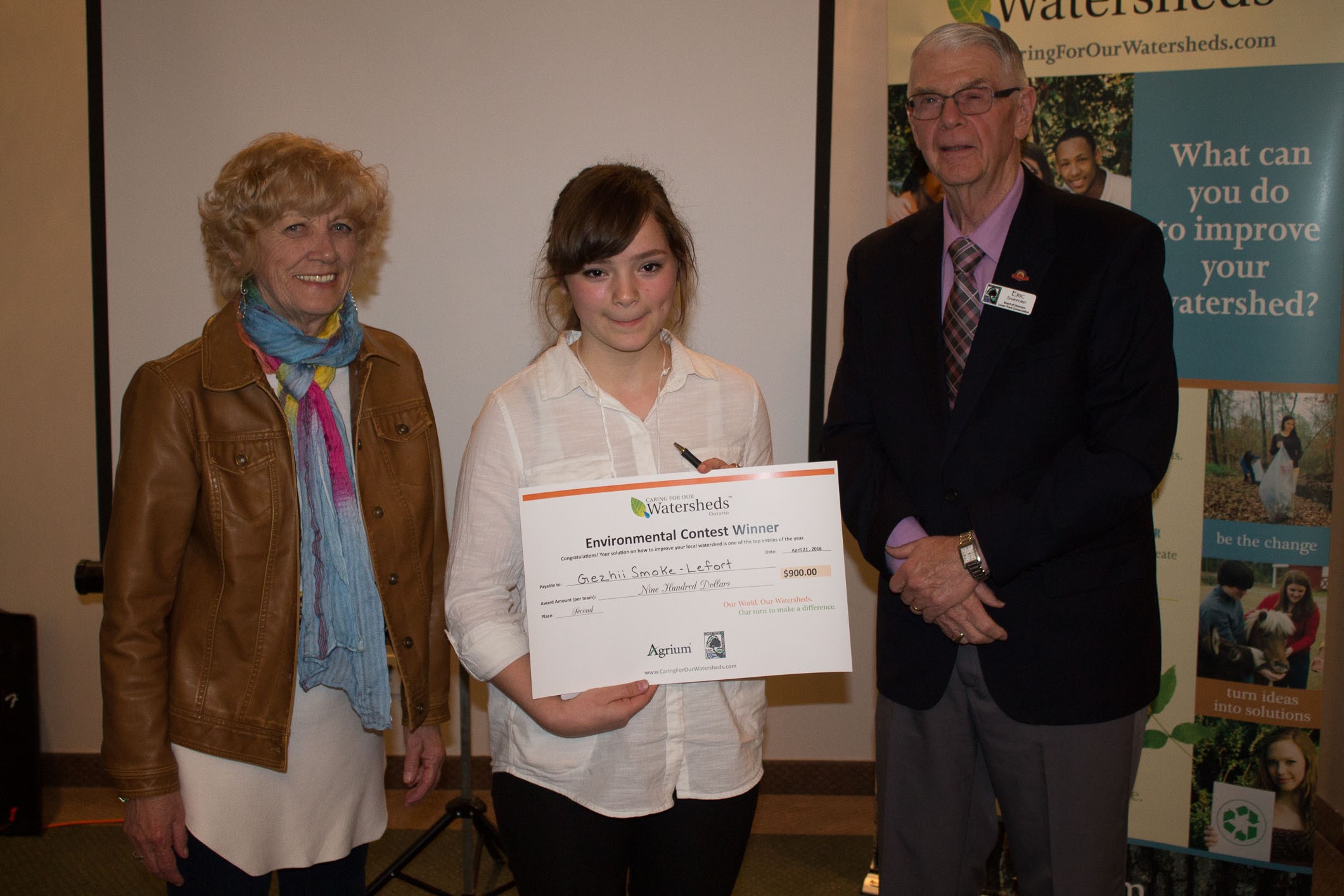 2016, Alderville, Ontario Canada
2016, Alderville, Ontario Canada